27 years after his death, Fela Anikulapo Kuti has returned to Lagos; not in flesh, but in spirit, sound, and memory. On October 12, 2025, the Afrobeat Rebellion exhibition opened at the Ecobank Pan African Centre, transforming the venue into a sprawling tribute to the man who turned music into a weapon and Lagos into the beating heart of a global revolution. This is not simply an exhibition. It is a homecoming.
The journey to Lagos began in Paris, where the Philharmonie de Paris staged a retrospective in 2022 that critics called a revolutionary tribute. But there was always something incomplete about celebrating Fela in a European capital when the music was born here, in the humid, chaotic, electric streets of Lagos.
Now, reimagined by the A Whitespace Creative Arts Foundation with support from the French Embassy and the Kuti family, the Lagos edition expands far beyond its Parisian predecessor. It is a living season of culture built to bridge generations, from elders who remember Fela firsthand to young people discovering his fire for the first time.
A Journey Through Sound and Resistance
Walking into Afrobeat Rebellion feels like stepping into Fela's mind. The space is expansive and immersive, with floor-to-ceiling screens projecting images and soundscapes that pull you in.

Every corner holds something: a piece of clothing, a photograph, a listening booth, a piece of history. The exhibition is organized into ten thematic sections that trace Fela's life from start to finish; Early Life, Lagos Baby, Daily Life, Kalakuta Republic, Queens, Shrine, Life on Tour, Legacy, and a global map showing Afrobeat's influence across continents.
The rooms burst with colour. Reds, yellows, greens, and golds cover the walls, reflecting the vibrancy of Fela's life. This was a man who lived loudly, who refused to be silenced by persecution or violence, and the exhibition honours that energy. The visual design doesn't just document Fela's life, it celebrates it, wrapping visitors in the same brightness and defiance that defined his work.

The exhibition starts with Fela's early years, tracing his beginnings as a jazz and highlife musician. Born into an activist family—his mother, Funmilayo Ransome-Kuti, was a pioneering feminist and anti-colonial leader—Fela was shaped by both privilege and resistance. The display includes photographs from his youth, family letters, and materials that show the intellectual and political foundations of his later work. There's even a love letter from Funmilayo to Fela's father, a tender reminder that behind the historical figure was a woman with her own desires and strength.
From there, the exhibition follows Fela abroad. He studied music in London, where he encountered Black Power movements and pan-African ideas that changed his worldview. When he returned to Nigeria in the early 1970s, he was no longer just a musician. He was a revolutionary.
The exhibition documents this shift through album covers, newspaper clippings, rare recordings, and video footage. Visitors can step into listening booths and hear Fela's voice, not just singing, but speaking, explaining his philosophy, challenging power, calling for resistance.
Kalakuta Republic: A Home, A Headquarters, A Refuge
One of the most powerful sections is dedicated to the Kalakuta Republic, Fela's compound in Surulere that became both his home and his headquarters.
Through archival photographs by various photographers who had rare access to Fela and his inner circle, visitors get an intimate look at daily life inside Kalakuta. Here is Fela reading, smoking, composing music. Here are his friends, his bandmates, his family. The images are tender and unguarded, showing a man who was not just a public figure but a human being with routines and relationships.
The photographs also show the communal nature of Kalakuta. It was a place where musicians rehearsed, where ideas were debated, where people lived together in defiance of the government's attempts to silence them. The exhibition doesn't avoid the darker moments either. It documents the 1977 raid by a thousand soldiers, the burning of the compound, the injuries and deaths that followed. Through newspaper clippings and testimony, it makes clear that Fela's rebellion came at great cost, not just to him, but to those around him.

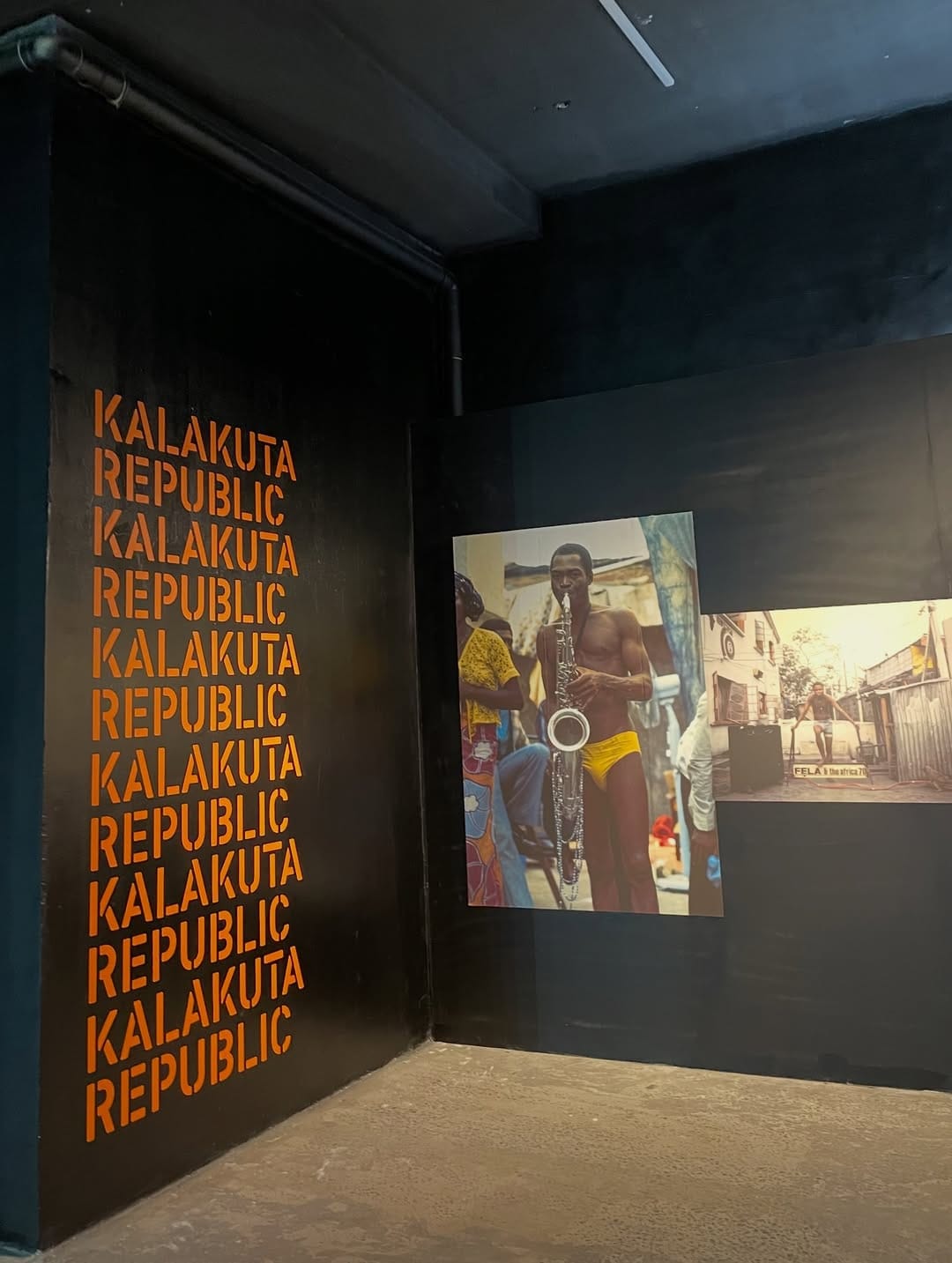
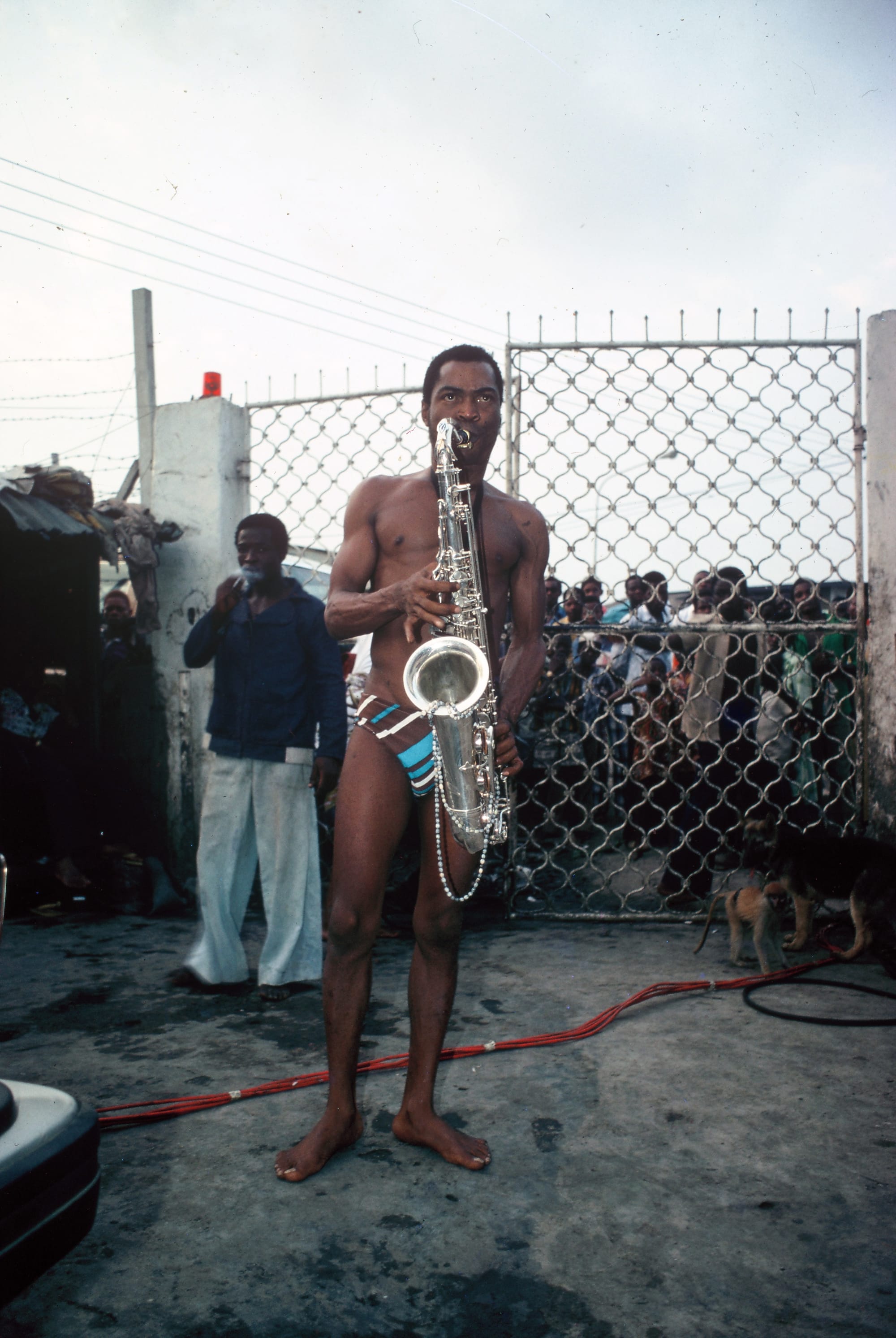
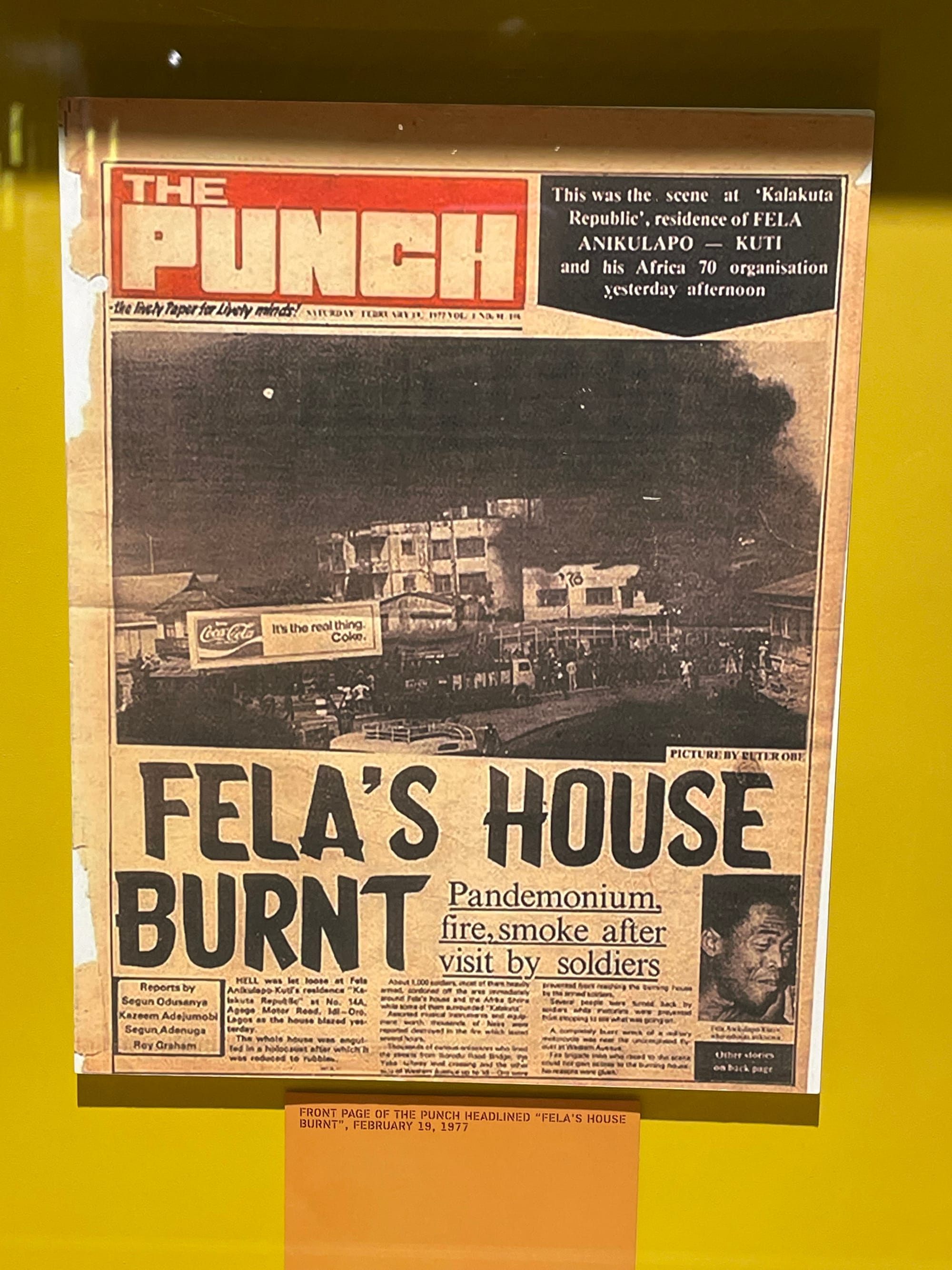
The Queens: Unseen and Underrepresented
Perhaps the most complex and necessary section is dedicated to the Kalakuta Queens; Fela’s dancers, singers, and partners. In 1978, Fela married twenty-seven women in a single ceremony, an act that became one of the most talked-about aspects of his life. But the exhibition pushes beyond the spectacle. It names the women. It tells their stories. It shows their faces.
The Queens were not passive participants in Fela's life. They were performers, collaborators, and, in many cases, survivors of complicated and often exploitative relationships with him. The exhibition doesn't hide this. It acknowledges the power imbalances, the predatory dynamics, and the ways Fela's radical politics didn't always extend to gender.
It also insists that these women be seen as individuals with their own agency and contributions to Afrobeat's sound and energy.
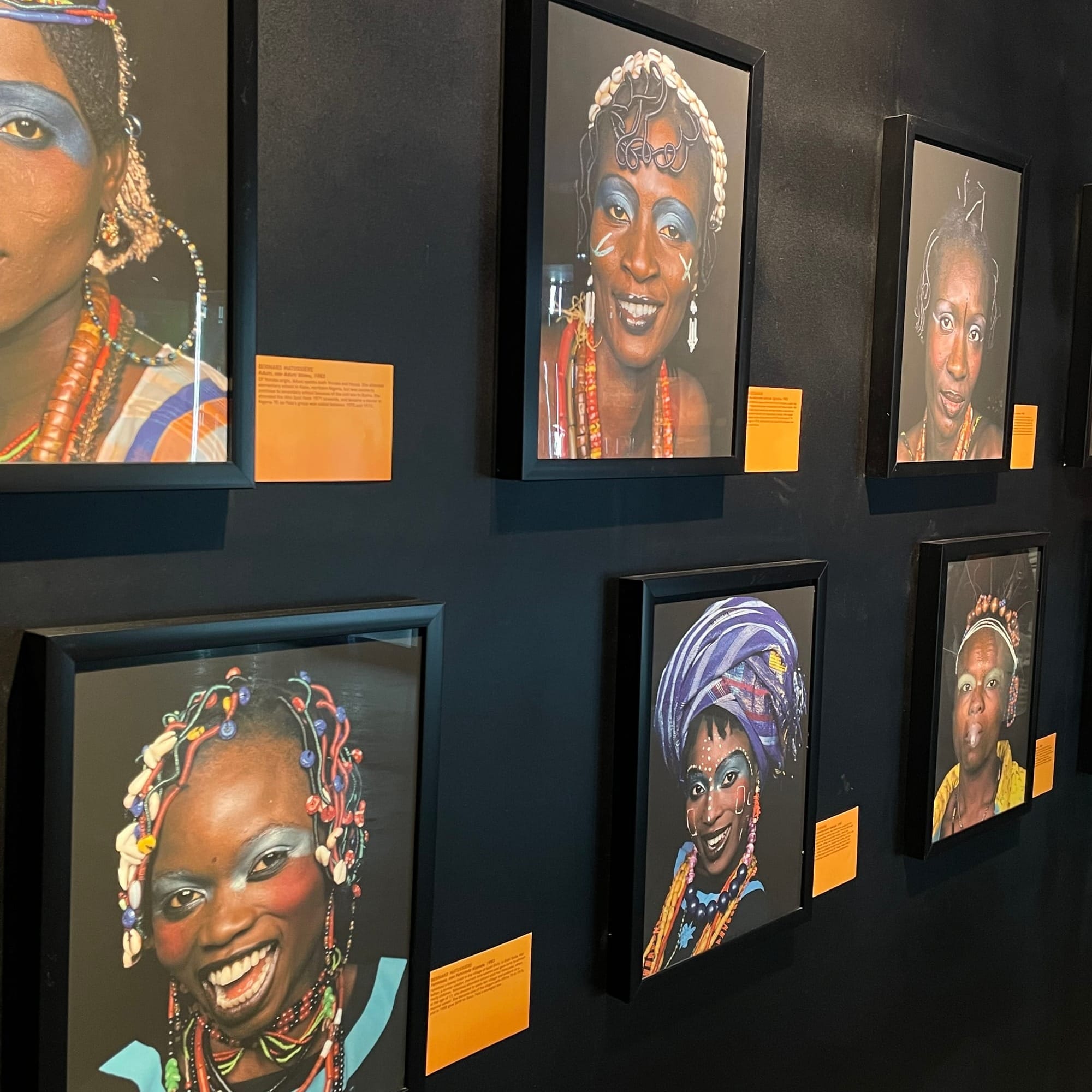
Sound, Vision, and Memory
Afrobeat Rebellion is a mixed-media, multi-sensory experience. Alongside the photographs and archival objects are listening booths where visitors can hear Fela's music and interviews, video installations playing footage of his performances and trials, and reconstructed spaces that evoke the feeling of the Afrika Shrine. The exhibition even includes some of Fela's most iconic stage costumes and briefs.
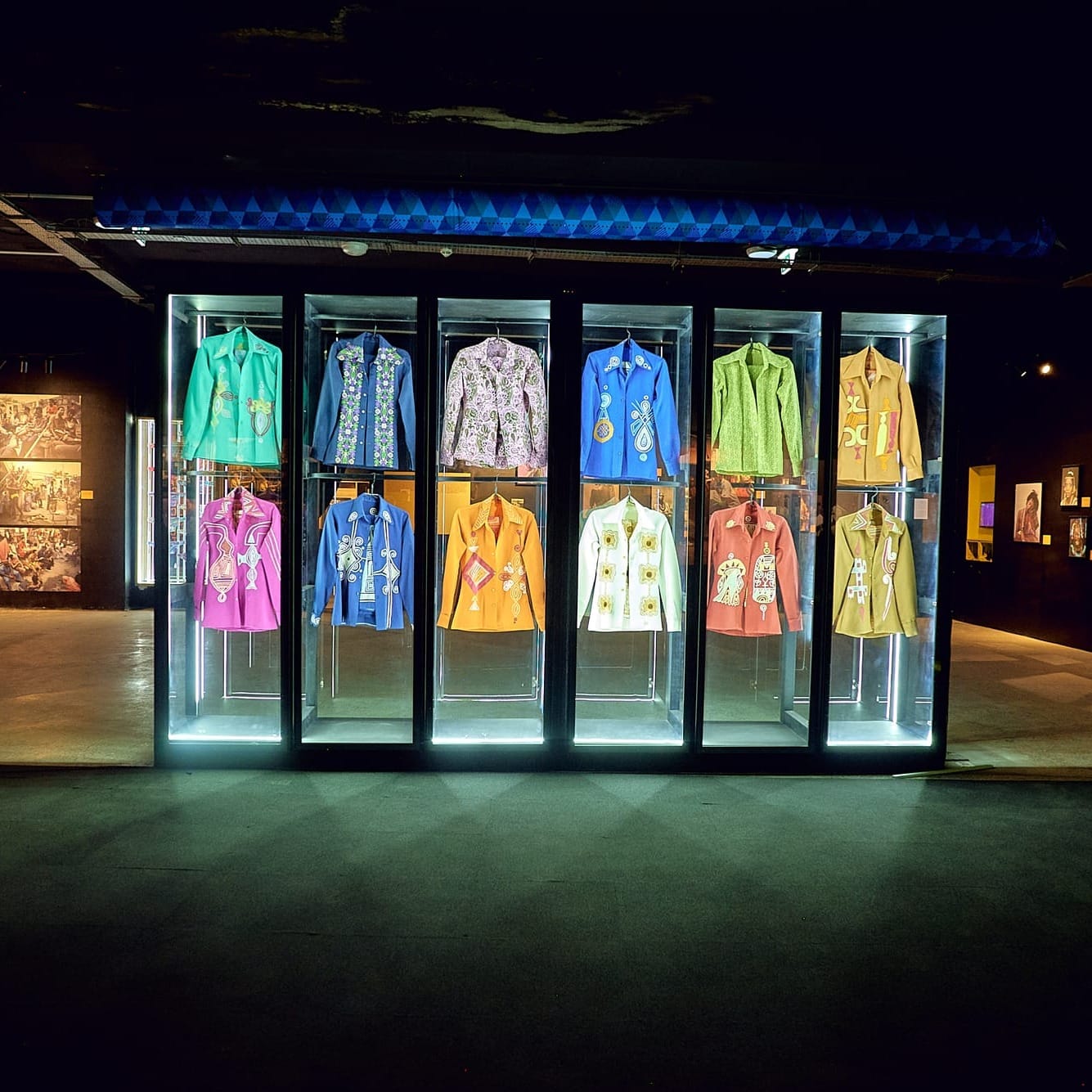
The soundscapes are particularly stunning. As visitors move through the rooms, they're surrounded by Fela's voice singing, speaking, laughing, arguing. The music isn't background noise. It's the structure of the experience, pulling visitors deeper into Fela's world.
The exhibition also features a library and jukebox section, where visitors can browse books written by and about Fela, including titles like Kalakuta Republic, Dis Fela Sef! by Benson Idonije, and Arrest the Music by Tejumola Olaniyan.
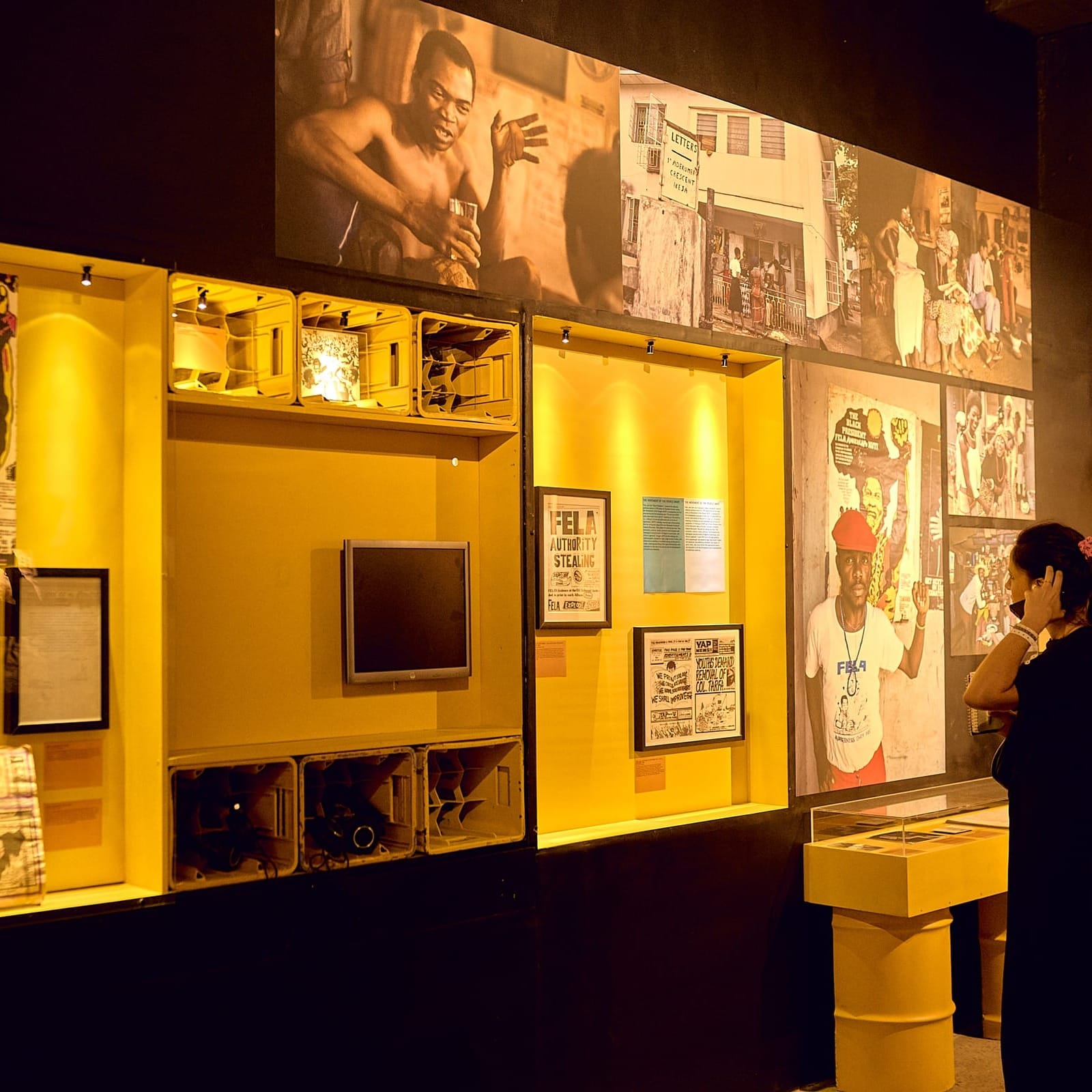
A Living Festival of Culture
Afrobeat Rebellion goes far beyond just the gallery walls. The Legacy Programmes, a weekly calendar of talks, performances, workshops, and screenings, turn the exhibition into a twelve-week cultural festival. The opening night on October 12 featured performances by Fela's youngest son, Seun Kuti, alongside the UK jazz group Ezra Collective, a collaboration that showed how Afrobeat has spread globally while remaining rooted in Lagos.
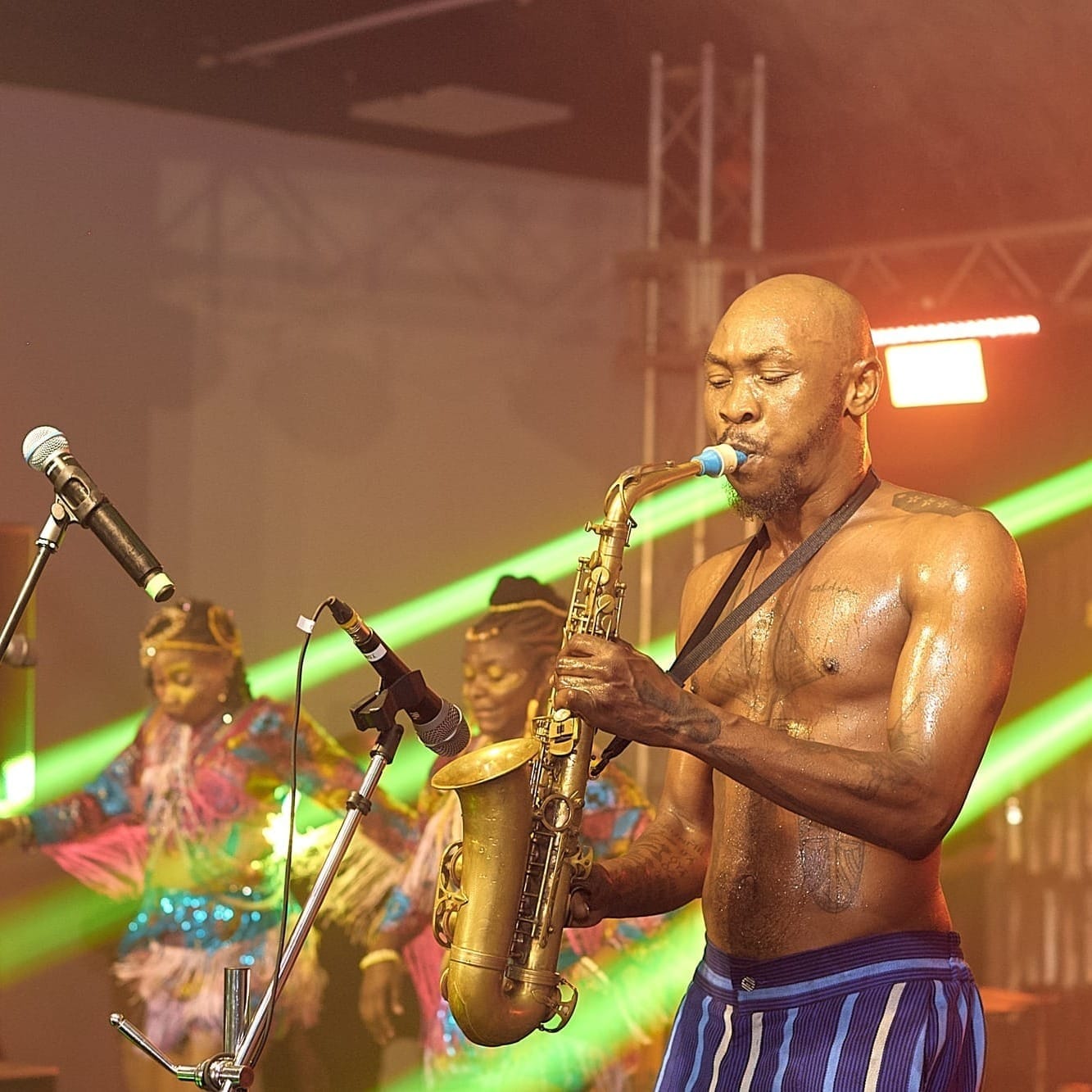

Over the coming weeks, the Talks series will bring together leading voices to discuss Fela's ideas and impact. Speakers include Yeni Kuti, Prof. Oyeronke Oyewumi, Falana, Ade Bantu, Minna Salami, and Kadaria Ahmed.
The Kalakuta Cinema, running every other Sunday for six weeks, will screen films like Music Is a Weapon, The Lost Okoroshi, Mami Wata, Timbuktu, and Finding Fela. The screenings take place in communal, traditional settings, echoing how Fela himself saw art; as something collective, not individualistic.
For children, the Young Rebels' Corner offers interactive workshops where kids aged six to fifteen can create their own protest art, make music, and learn about the era.
The Legacy That Will Not Quiet
Afrobeat Rebellion doesn't present Fela as a saint. It shows his contradictions, his flaws, and his humanity. But it also insists that he be understood in his full complexity, not as a caricature, but as a man who used art as a weapon, turned music into a form of resistance.
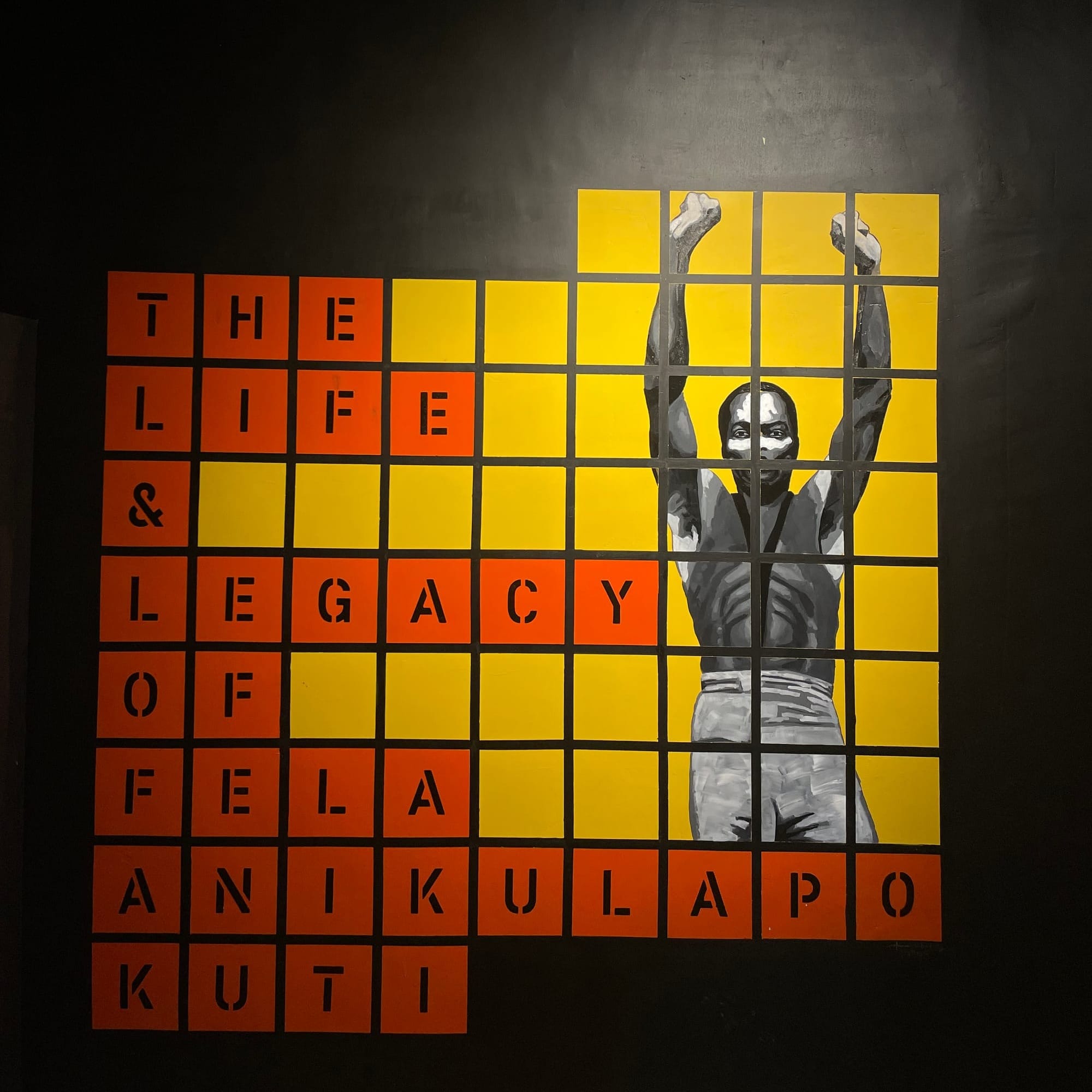
The exhibition runs from October 12 to December 28, 2025, at the Ecobank Pan African Centre and is open to the public Fridays through Sundays from 10:00 a.m. to 6:00 p.m., with Thursdays reserved for VIP and institutional visits. General admission is free, though RSVPs are required for talks, workshops, and screenings due to limited capacity.
It is, in every sense, a gift to Lagos; a city that gave the world Afrobeat and now gets to see its full story told on its own terms. At the end of the exhibition, visitors are left with a question. Not just "Who was Fela?" but "What will you do with what he left behind?" The music is still playing. The fight is still happening. And Lagos, as always, is at the centre of it all.



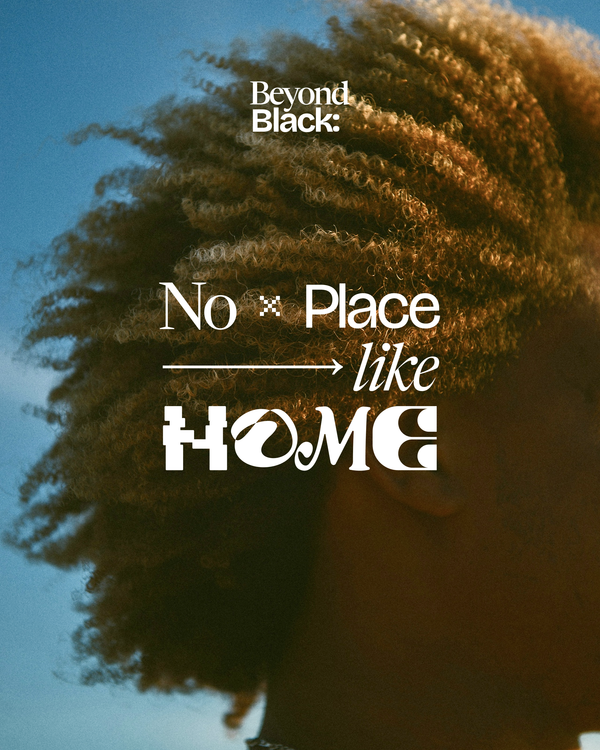
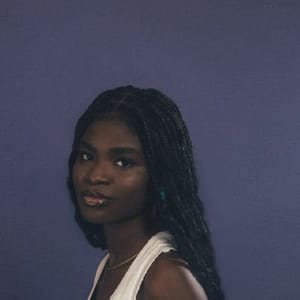
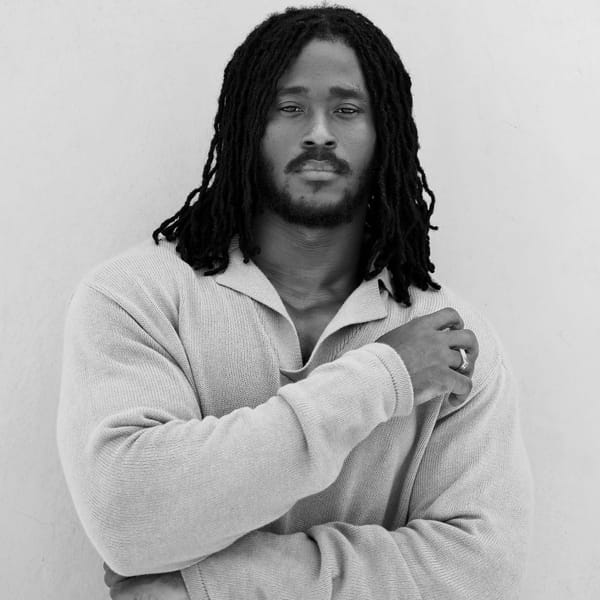


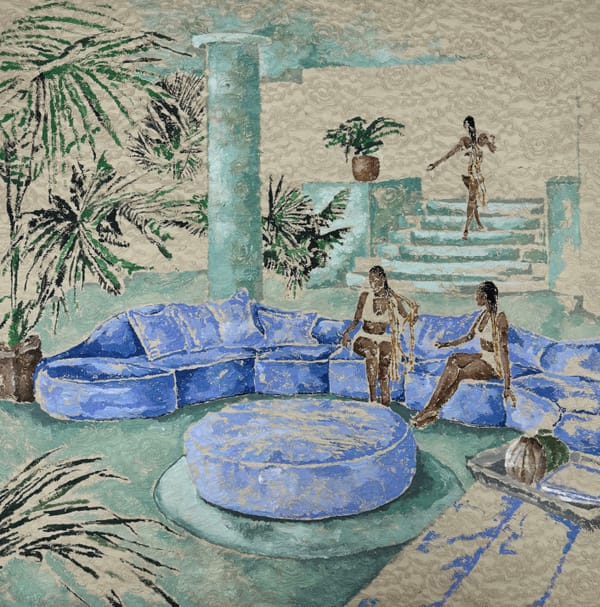
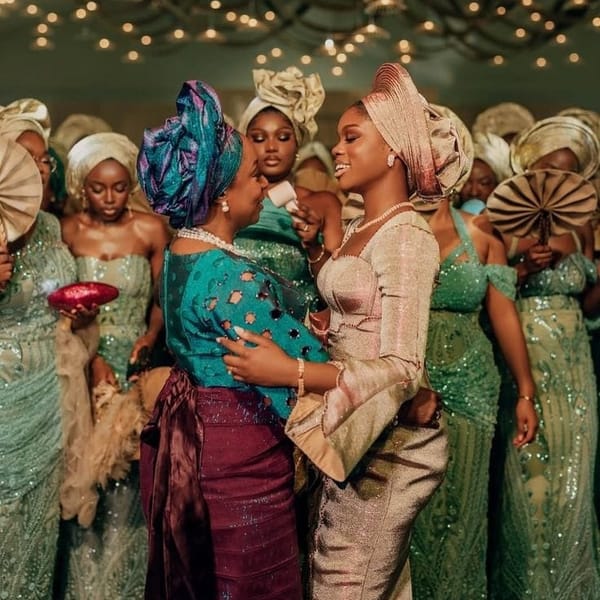
Member discussion